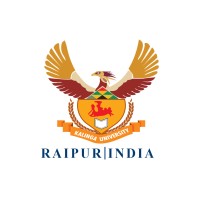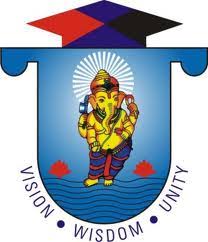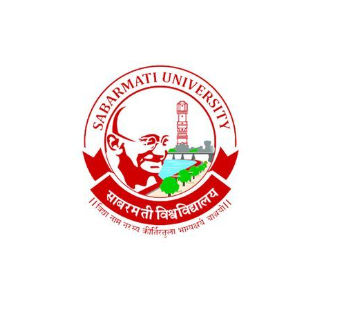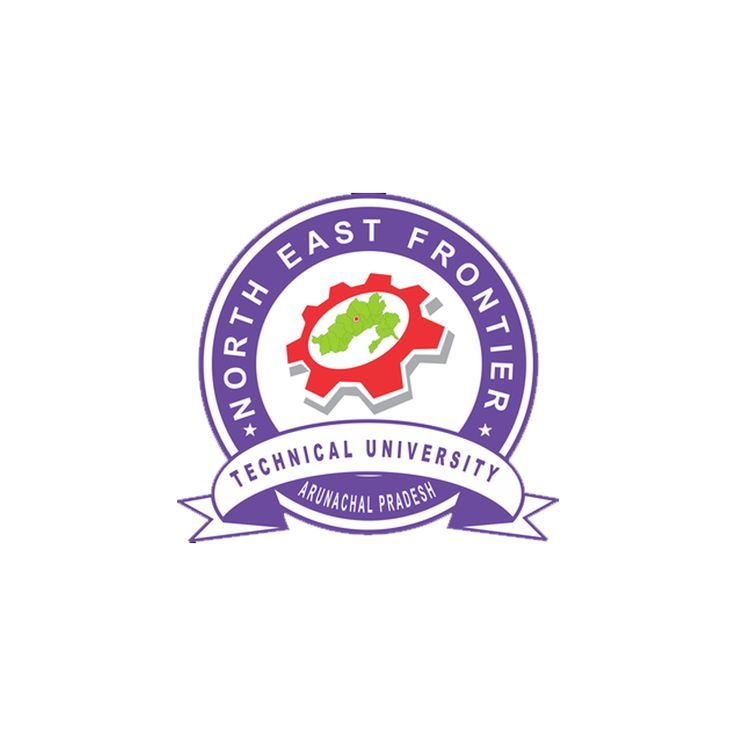Frontend Developer vs Backend Developer: Key Differences - Shikshaglobe

Frontend Developer versus Backend Developer: Key Differences
What is Front end designer?
Frontend designers are liable for really executing visual parts on a site. They additionally perform significant site improvement assignments like routes, buttons, or anything that assists with upgrading the site's general perceivability.
Click here for more
For this reason, HTML, JavaScript, and CSS are frequently used to guarantee that your site moves along as planned. This permits clients to collaborate openly and serenely with a site.
1. Focus:
·
Frontend developers primarily focus on the user
interface (UI) and user experience (UX) of a website or web application. They
work on the part of the application that users interact with directly.
2. Visible
Elements:
·
They are responsible for creating the visual
elements that users see and interact with, such as web page layouts, forms,
buttons, navigation menus, and content presentation.
3. Languages
and Technologies:
·
Frontend developers commonly use web
technologies like HTML, CSS, and JavaScript to build responsive and interactive
user interfaces. They also work with frontend frameworks and libraries like
React, Angular, and Vue.js.
4. Client-Side
Development:
·
Frontend development is often referred to as
"client-side development" because it involves code execution on the
user's device (typically within a web browser).
5. Responsiveness
and Cross-Browser Compatibility:
·
Ensuring that the user interface looks and
functions consistently across different web browsers and devices is a crucial
part of frontend development.
6. User-Centric:
· Frontend developers need a strong understanding of user experience design principles to create intuitive and user-friendly interfaces.
Learn more
7. Examples:
·
Job titles associated with frontend developers
include front-end developer, UI/UX designer, and user interface developer.
Experience the difference
Backend Developer:
1. Focus:
· Backend developers focus on the server-side of web development, managing the server, databases, and the application's core logic.
2. Server-Side
Logic:
·
They are responsible for handling data storage,
server infrastructure, authentication, security, and business logic that occurs
behind the scenes.
3. Languages
and Technologies:
·
Backend developers commonly work with
programming languages such as Python, Ruby, PHP, Java, Node.js, and database
systems like MySQL, PostgreSQL, or MongoDB.
See also here -->>
4. API
Development:
·
Backend developers often create application
programming interfaces (APIs) that allow the frontend to communicate with the
backend, enabling data retrieval, storage, and processing.
5. Database
Management:
·
Managing and optimizing databases is a critical
aspect of backend development, as it ensures data consistency, integrity, and
efficient retrieval.
6. Server
Maintenance:
·
Backend developers are responsible for server
configuration, deployment, and maintenance to ensure the application runs
smoothly and securely.
7. Security:
·
They play a crucial role in implementing
security measures to protect against threats like data breaches and
unauthorized access.
8. Examples:
· Job titles associated with backend developers include backend developer, server-side developer, and database administrator.
What is a Backend engineer?
Backend engineers chips away at the server-side turn of events. They center around information bases, prearranging, and site design.
These experts additionally screen how the site functions and how to make changes and update everyone on the background functionalities.
Innovations Need for the Frontend Development
Here are the significant advances utilized for Frontend Development:
HTML: HTML (Hyper Text Markup Language) is the language utilized for the World Wide Web. It is the standard text organizing language utilized for making and showing pages on the Web. HTML records are comprised of two things 1) the substance and 2) the labels that design it for legitimate presentation on pages.
CSS: CSS is Cascading Style Sheets. It is a styling language that is straightforward enough for HTML components. It is famous in web planning, and its application is normal in XHTML moreover.
JavaScript: JavaScript is an open-source and most well-known client-side prearranging language upheld by various programs. JavaScript is utilized for improving the connection of a site with the client.
Advancements Need for the Backend Development
Following are the advancements utilized in backend improvement:
Web Development Languages
Data set and Cache
Server
Programming interface (REST and SOAP)
1) Web Development Languages:
A Backend improvement incorporates one server-side or backend programming language like Java, Python, Ruby, .Net, and so on.
PHP: PHP is a server-side prearranging language that is intended for web improvement. As PHP code is composed and executed on the server-side, it is known as a server-side prearranging language.
C++: C++ is a universally useful, object-situated programming language. It is generally utilized as a backend programming language.
Java: Java is a class-based object-situated programming language for building web and work area applications. It is profoundly versatile. Java parts are effectively accessible to utilize.
Python: Python is an item situated programming language that permits you to productively work rapidly and coordinate frameworks more.
Node.js: Node.JS is an open-source, cross-stage runtime climate utilized for the advancement of server-side web applications. Node.JS applications are written in JavaScript and runs on a wide assortment of working frameworks.
Backtalk: It is a dependable, mature, and hearty CSS expansion language. It is utilized to broaden the current CSS usefulness, including everything from factors, legacy, and settling effortlessly.
2) Database and Cache:
Back-end advancement additionally incorporates different DBMS innovations as significant back-end improvement information bases like MySQL, MongoDB, Oracle, SQLServer, and Redis.
3) Server:
Backend incorporate Server site advances like Apache, Nginx, IIS servers, Microsoft IIS, and so on is attractive. Great information on Linux helps colossally in directing servers.
4) API (REST and SOAP):
Programming interface is likewise significant for backend improvement. Specialized information on the manifestations and utilization of REST and SOAP administrations is significant.
Different Pieces of the Puzzle:
Working experience of structures like Django for Python, Laravel for PHP, and so on.
Capacity to compose quality unit tests.
Specialized information on calculations and information structures is likewise a fundamental requirement for any expert back end designer.
Ready to know the distinctions between various conveyance stages like portable versus work area.
Fundamental openness to frontend specialized information like HTML and CSS is alluring
Ought to have specialized information on meeting the board in a disseminated server climate.











